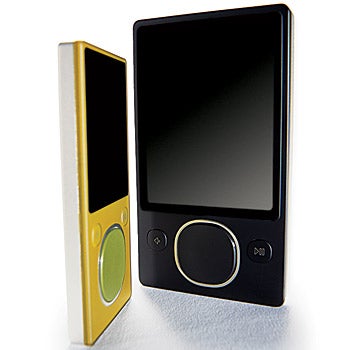The Truth: Jill Fredston

More than 20 years after its publication, Snow Sense: A Guide to Evaluating Avalanche Hazards remains a bible for backcountry travelers. The book’s authors—Jill Fredston, 47, and her husband, Doug Fesler, 60—are two of the country’s top avalanche experts. Fredston’s latest solo effort, Snowstruck (reviewed in Skiing in November 2005), recounts some of the avalanche tragedies she has witnessed and assessed. We caught up with her at her home in Eagle River, Alaska.
MOUNTAINS HAVE a personality. They have a language. When I tune in to snow, I’m getting a feel for what the mountain will let me do on that given day.
WE LIVE IN a society that glorifies risk, yet few people are willing to accept the consequences when a friend or a brother is killed. Why are we shocked?
MOST PEOPLE’S skiing ability far exceeds their ability to evaluate a hazard.
I USED TO THINK that terrain, weather, and snowpack were the only three variables that make an avalanche possible. I now realize that human factors allow these accidents to happen.
WE HANG ALL THIS STUFF ON US-beacons, AvaLungs-and we think it will keep us alive. But it doesn’t change the objective level of hazard.
I FEEL LIKE I’M up against a probability curve. I’m going to get nailed sooner or later. In recent years, I have consciously decided to take a step back from the edge.
MAKE DECISIONS based on what the mountain wants you to do, versus what you want to do.
IT ISN’T HARD to stay alive in the mountains. It isn’t rocket science.
IF YOU HAVE A SKI-TO-DIE ATTITUDE, you probably will die sooner or later. Ask nature if it cares. The answer is no.
For more on Jill Fredston, look for the comprehensive avalanche package in the March/April issue of Skiing.
JANUARY 2006